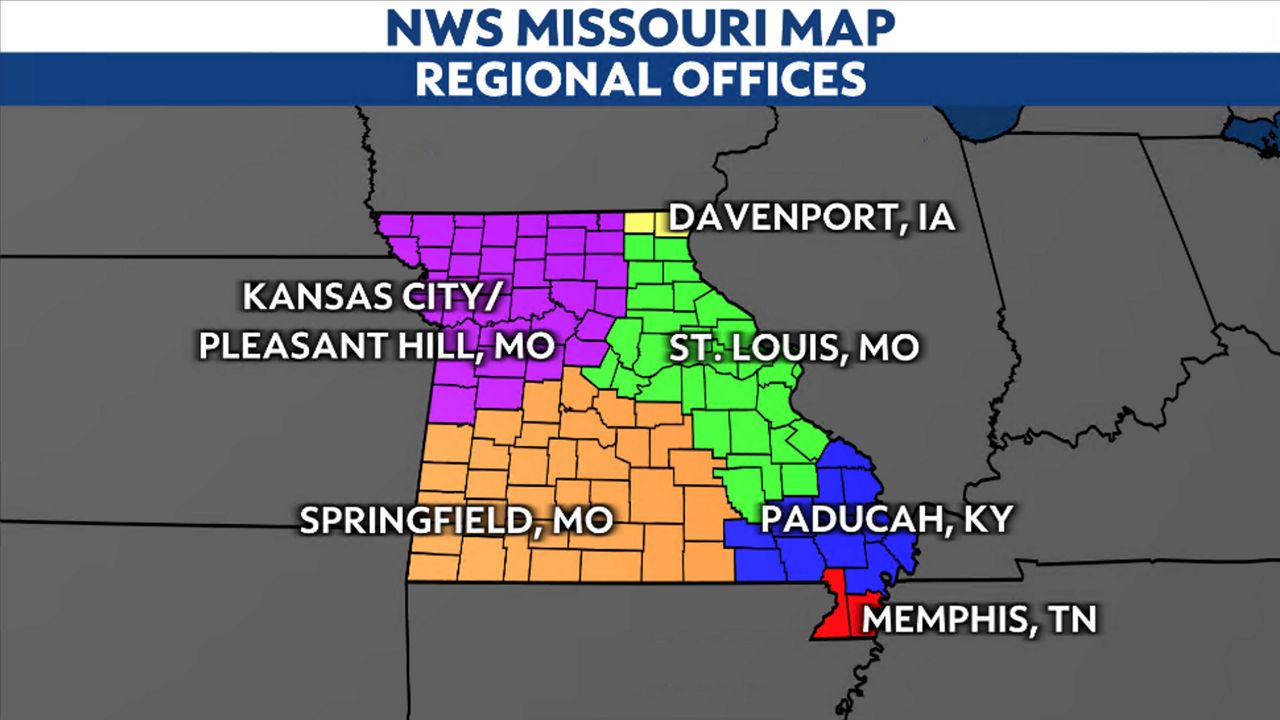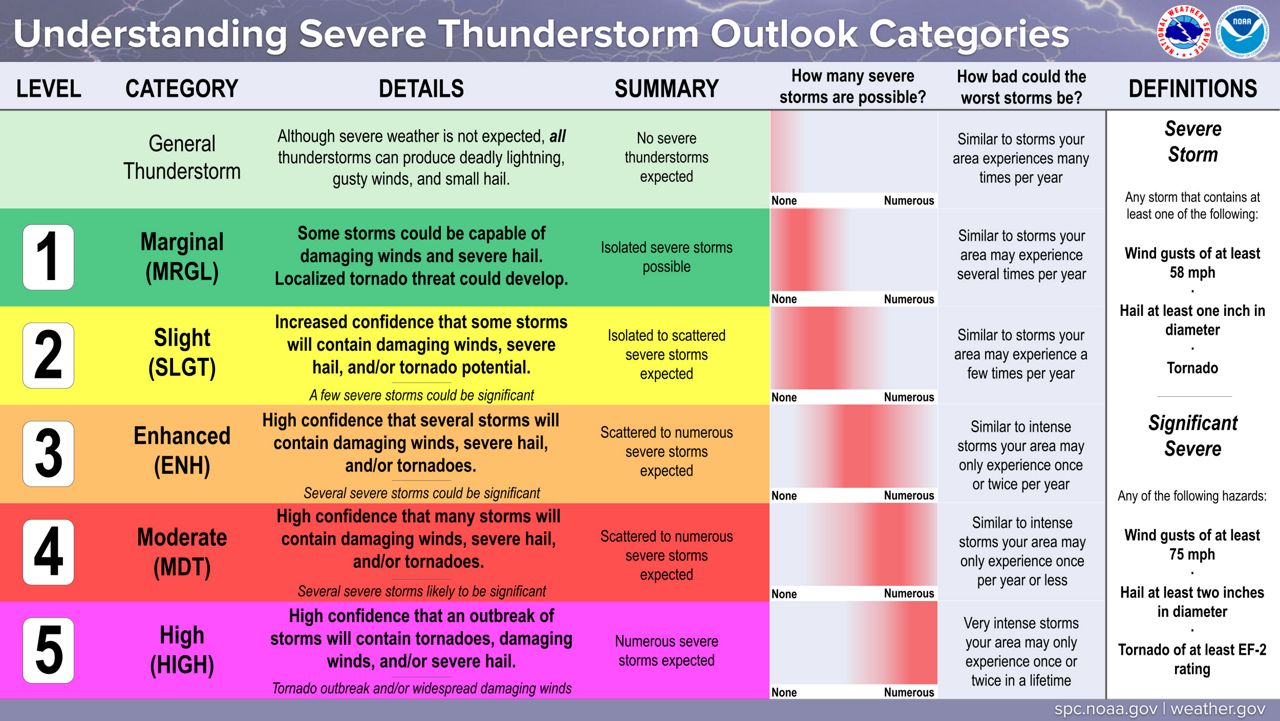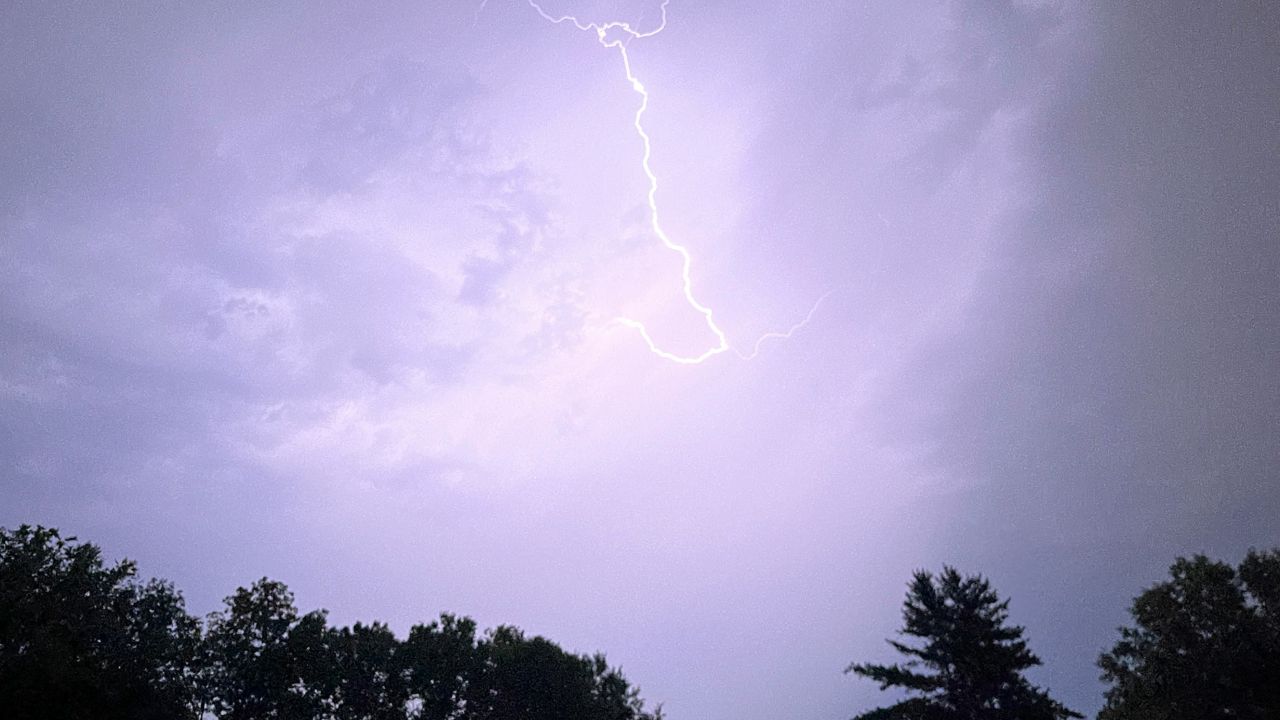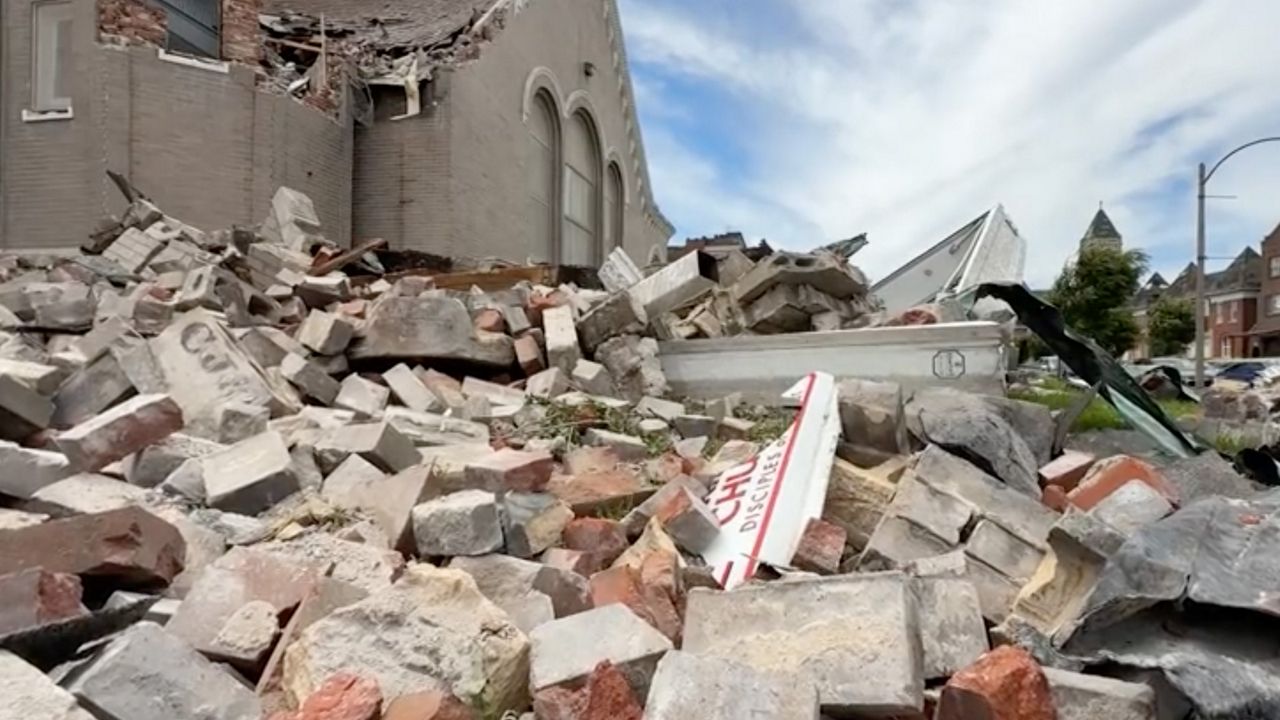Now that we're in the spring severe weather season it’s time to consider the difference between a watch and warning and whose responsibility it is to issue them.
Several government agencies have the responsibility of keeping the public safe during severe weather. Part of that comes from issuing watches and warnings.
Let’s discuss the difference between a watch and a warning. The best way to think of a watch is that conditions are favorable for development. A Severe Thunderstorm Watch, for example, means the environment is forecast to be right for severe thunderstorms to develop and people should take notice.
A warning means that a severe thunderstorm is occurring, based either on radar indications or someone on the ground reporting it.
The same goes for a Tornado Watch or Warning. For a tornado watch, conditions are favorable for development but not yet occurring. A Tornado Warning means that radar is detecting rotation or debris, or a person has witnessed a funnel cloud or tornado.
Using the analogy of a taco when discussing watches and warnings is helpful. A watch would you mean you have all the ingredients to make a taco but have yet to make the taco. A warning would mean you have a taco.
Six separate National Weather Service (NWS) offices cover the Show-Me State. The one responsible for the St. Louis area is the St. Louis office and the one responsible for Kansas City is the Kansas City/Pleasant Hill, Mo. office.

Severe weather watches do not come from the local National Weather Service. The watches actually come from a separate entity, the Storm Prediction Center (SPC). The SPC analyzes data and prepares an outlook for severe weather several days ahead of time.
The severe thunderstorm outlook ranges from levels 1 to 5, with 5 being the highest confidence for severe weather outbreaks.

When they determine it is necessary, they coordinate with local NWS offices and issue a Severe Thunderstorm or Tornado Watch. The local NWS offices can add and remove counties as needed.
It is up to the local NWS office to issue a warning for individual thunderstorms.
Our team of meteorologists dives deep into the science of weather and breaks down timely weather data and information. To view more weather and climate stories, check out our weather blogs section.








